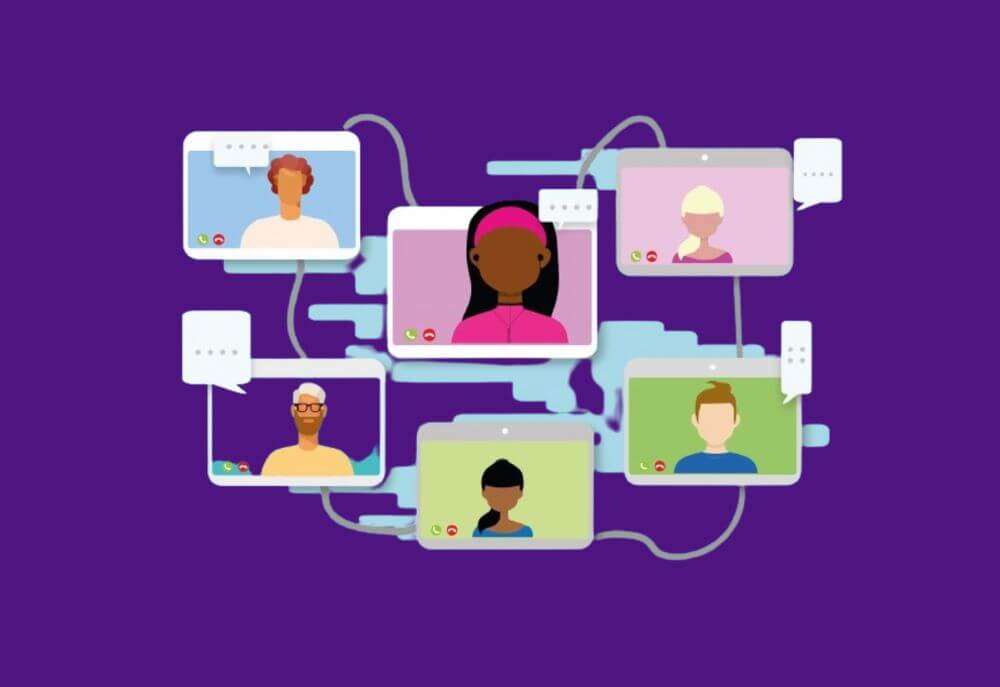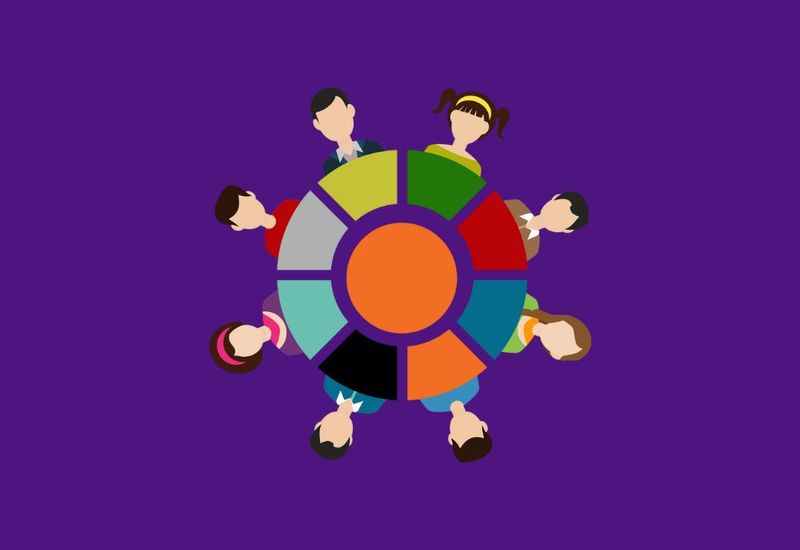Successful teams thrive on communication, and touchpoint meetings are a vital part of this equation. These regular check-ins are designed to keep everyone informed, aligned, and motivated.
By focusing on key issues, setting clear objectives, and fostering an open dialogue, touchpoint meetings can drive your team towards greater achievements.
What is a Touchpoint Meeting?
A touchpoint meeting is a regularly scheduled gathering where team members discuss ongoing projects, share updates, and address any challenges.
These meetings aim to ensure everyone is aligned with the team’s goals and objectives, promoting open communication.
They vary in frequency and format but maintain a core purpose: keeping the team synchronized and motivated.
Purpose and Goals of Touchpoint Meetings
The primary purpose of touchpoint meetings is to maintain regular communication within the team. They help monitor progress, align goals, and address issues early.
These meetings provide a platform for team members to share their progress, highlight obstacles, and seek support from colleagues, thus preventing minor issues from escalating into major problems.
Moreover, touchpoint meetings set clear expectations and accountability. Regular discussions about goals and progress ensure everyone works towards the same objectives, raising productivity and promoting a sense of shared responsibility.
Types of Touchpoint Meetings
Touchpoint meetings can take various forms, each serving different purposes:
- Daily Stand-Ups: Brief morning meetings where team members quickly review what they did yesterday, what they plan to do today, and any blockers they face. These meetings typically last no more than 15 minutes.
- Weekly Check-Ins: More comprehensive than daily stand-ups, these meetings involve a review of the week’s progress and planning for the upcoming week.
- Monthly Reviews: A broader look at the team’s achievements, challenges, and plans for the next month, offering a chance to reflect on the past and set goals for the future.
Benefits of Touchpoint Meetings
Touchpoint meetings offer several benefits that can significantly improve team performance and productivity.
Improved Communication and Collaboration
Regular meetings ensure all team members are kept in the loop about project developments, promoting transparency and a collaborative work environment.
Frequent communication encourages the sharing of ideas and solutions, leading to innovative outcomes.
Additionally, touchpoint meetings help break down silos within an organization, allowing teams from different departments to share insights and learn from each other.
Team Alignment and Goal Tracking
By regularly discussing goals and progress, teams can ensure everyone is aligned and working towards the same objectives.
This helps in tracking progress effectively and making necessary adjustments. Clear and consistent communication about goals prevents misunderstandings and ensures everyone knows what is expected.
Early Identification of Issues and Roadblocks
Frequent check-ins allow for early identification of any issues or roadblocks hindering progress. Addressing these issues promptly can prevent them from becoming major problems. This proactive approach to problem-solving saves time and resources in the long run.
Increased Accountability and Productivity
Knowing they will have to report their progress regularly, team members are more likely to stay on track and be productive. Touchpoint meetings provide a forum for recognizing and celebrating achievements, which boosts morale and motivation.
How to Prepare for a Touchpoint Meeting
Proper preparation is key to conducting a successful touchpoint meeting. Here are some tips to help you prepare effectively:
Setting Clear Objectives and Agendas
Define what you want to achieve during the meeting and create an agenda that outlines the topics to be discussed. Sharing the agenda with participants ahead of time allows them to prepare and contribute more effectively.
Selecting the Right Participants
Ensure the right people are present, including team members directly involved in the projects being discussed and anyone else whose input is valuable. Limiting the number of participants can help avoid overcrowding and maintain focus.
Preparing Relevant Materials and Data
Gather all the necessary materials and data needed during the meeting, such as progress reports and performance metrics. This allows for a more informed and efficient discussion.
Scheduling and Timing Considerations
Choose a time that works for all participants, avoiding peak work hours or times when team members are likely to be busy with other tasks. Striking the right balance in the frequency and duration of meetings is crucial to maintaining productivity and engagement.
Conducting a Successful Touchpoint Meeting
Here are some tips for conducting an effective touchpoint meeting:
Opening the Meeting with a Clear Agenda
Start by reviewing the agenda and outlining the objectives. This sets the tone for the meeting and ensures everyone knows what to expect. Begin by summarizing key points from the previous meeting and any progress made since then.
Encouraging Participation and Engagement
Encourage all participants to share their updates and contribute to the discussion. Use open-ended questions to prompt discussion and invite quieter team members to share their thoughts.
Keeping the Discussion Focused and On Track
Ensure the discussion stays focused on the topics outlined in the agenda. If the conversation starts to drift off-topic, gently steer it back to the main points. Assign a timekeeper to monitor the duration of each agenda item.
Using Effective Communication Techniques
Use clear and concise language to communicate your points. Active listening is also important – make sure to listen to what others are saying and respond appropriately. Visual aids and tools can enhance understanding and make the information more accessible.
Tips for Effective Touchpoint Meetings
Here are some additional tips to make your touchpoint meetings more effective:
Setting Specific, Actionable Goals
Set specific, actionable goals for each meeting. Break down larger goals into smaller, manageable tasks and assign them to specific team members.
Following Up on Action Items and Decisions
After the meeting, follow up on the action items and decisions made. Use project management tools to track action items and deadlines. Regularly check in with team members to ensure they are on track.
Rotating Meeting Leaders to Keep Things Fresh
Rotating the meeting leader can help keep things fresh and bring new perspectives. This can also help develop leadership skills within the team.
Common Challenges and How to Overcome Them
Despite their benefits, touchpoint meetings can also present certain challenges. Here are some common challenges and how to overcome them.
- Managing Time Effectively: To ensure that the meeting stays on schedule, allocate specific time slots for each agenda item and stick to them. Use a timer or a timekeeper to monitor the duration of each discussion.
- Dealing with Dominant or Quiet Participants: Encourage quieter participants to share their thoughts and ensure that dominant participants do not monopolize the conversation by directly asking quieter members for their input and setting ground rules for the discussion.
- Handling Conflicts and Disagreements: Address conflicts and disagreements promptly and constructively, focusing on finding solutions rather than assigning blame.
Virtual Touchpoint Meetings with Technology
In the era of remote work, virtual touchpoint meetings have become increasingly common. Here are some tips for the effectiveness of these meetings using technology.
- Using Noise Cancellation Tools for Clearer Communication: Noise cancellation tools can help in eliminating background noise, ensuring that everyone can hear clearly.
- Leveraging Transcription and Meeting Notes: Transcription and meeting notes features can help in keeping accurate records of the meeting, ensuring that important points are not missed.
- Recording Meetings for Future Reference and Accountability: Recording meetings can be useful for future reference and accountability, allowing team members to revisit the meeting and review the discussions and decisions that were made.
Conclusion
Touchpoint meetings are a valuable tool for maintaining team alignment and productivity. By setting clear objectives, preparing effectively, and using the right tools, you can conduct successful touchpoint meetings that improve communication and collaboration within your team.
Remember to set specific goals, follow up on action items, and address any challenges promptly. With the right approach, touchpoint meetings can help in driving your team’s success.
Read also: How to Prepare for Touch Point Meeting: A Comprehensive Guide



